By Tom Maliti
A witness described to the International Criminal Court (ICC) some of the habits of the leader of the Lord’s Resistance Army (LRA), Joseph Kony, as well as his reasons for fighting a rebellion in northern Uganda.
Witness P-138 told the court that Kony remained in Sudan while most of his senior officers and fighters were in Uganda. However, Kony never stayed in one place in Sudan, according to the witness. The witness also testified that Kony wanted to become Uganda’s president and that Kony would claim he was not fighting for the Acholi, Kony’s ethnic group.
The witness, who testified between October 30 and November 1, was with the LRA for about eight years. During that time he served under Vincent Otti, who was Kony’s deputy.
Witness P-138 was testifying in the trial of a former LRA commander Dominic Ongwen, which resumed on October 30 after a 25-day break. The previous hearing ended on October 5.
Ongwen has been charged for his alleged role in attacks on the Abok, Lukodi, Odek, and Pajule camps for people displaced by the conflict in northern Uganda between 2003 and 2004. He has also been charged with sex crimes and conscripting child soldiers. Ongwen has pleaded not guilty to the 70 counts of war crimes and crimes against humanity with which he has been charged.
During his testimony, Witness P-138 told the court he did not participate in the October 2003 attack on the Pajule camp, but said he was present during the meeting held to discuss the final details of that attack. He said this meeting, which the LRA is refers to as an RV (short for rendezvous), took place near Pajule and involved many senior officers of the group, including Otti.
He said the senior officers who took part in the RV and also addressed the LRA fighters gathered were Tolbert Yadin Nyeko, Raska Lukwiya, Kenneth Banya, Sam Otto Kolo, Ocan Bunia, Bogi Bosco, Oscar Kapere, Acel Calo Apar, Caesar Acellam, Jimmy Ocire, and Okwanga Alero.
The witness said Nyeko was the third highest-ranking person in the LRA. He said Lukwiya was the LRA’s operations commander. He said Banya was an advisor to Kony, and that Kolo was the LRA’s spokesperson. Witness P-138 told the court Bunia was the commander of the Gilva brigade. He said Bosco and Kapere were members of the Stockree brigade, and that Kapere was a colonel. He said Acel Calo Apar, Acellam, and Ocire were all colonels. He said Acellam was a member of Control Altar, the LRA’s high command. He said Alero was a major in the Trinkle brigade.
Witness P-138 gave the details about these commanders while answering trial lawyer Colleen Gilg’s questions on October 30 and questions from Ongwen’s leader lawyer, Krispus Ayena Odongo, on November 1.
“What I heard during the address to the fighters was that they should go and attack the barracks. Another group should go and attack civilians and loot food items,” the witness said on October 30, adding he heard Nyeko and Kolo address the fighters. “After their address, the fighters were then dispatched to Pajule,” the witness testified.
“And according to your testimony, those people whose names I have mentioned were the ones who constituted the meeting for planning the attack on Pajule. It would sound to me therefore that this was a meeting of top dogs in the LRA. Is that correct?” Odongo asked the witness.
“Yes, they were high ranking people within the LRA,” the witness said.
“And the rest who ultimately have participated were selected and just given orders to go and perform a function?” asked Odongo.
“Yes, that’s what would happen within the LRA,” the witness said.
The witness told the court that Ongwen took part in the attack, but that he did not know whether Ongwen was with the group that attacked the army barracks attached to Pajule or the group that attacked the IDP camp. He said LRA fighters returned from the attack with up to 300 people who had been abducted from Pajule.
Gilg played Witness P-138 an excerpt of an LRA radio communication that was intercepted by Ugandan intelligence. The witness identified the voices of Kony and Otti in the recording and summarized that they were talking about the attack on Pajule. He said Otti was reporting to Kony that 200 to 300 people were abducted during that attack. Kony and Otti spoke in Acholi, a language spoken in northern Uganda.
Witness P-138 also identified a transcript of the recording that he annotated during an interview with prosecution investigators on June 29, 2006. Gilg also played two other recordings, one of which he said was a conversation between Kony, Otti and a commander called Tabu Ley. He said part of the conversation between Kony, Otti and Tabu Ley was in code and he would have to use a signaler’s book to decipher its meaning.
Gilg also asked Witness P-138 about the LRA’s policy on abduction. He said the LRA abducted mainly young people aged between 10 and 17 years old. He said Kony usually ordered the abductions and gave the orders to Otti over radio. Otti would then inform LRA commanders of the orders, the witness testified. The witness said he heard Kony give these orders several times to Otti over the radio. He said the abductees would be taken to Sudan for training.
“What did you understand to be the overall purpose of the LRA? Why were they abducting people to train them to be fighters?” asked Gilg.
“They stated it clearly that the way Kony trained his soldiers was in order for them to overthrow the government of President [Yoweri] Museveni so that he [Kony] can become president,” answered Witness P-138.
Explaining why young people were abducted, the witness said, “They were easier to be trained and they would forget easily.”
“When they abduct a person they would want them to kill immediately,” Witness P-138 said, explaining that the newly abducted people were then told the cen, or spirit, of the dead person would follow them if they left the LRA.
Gilg also asked Witness P-138 why he left the LRA when he did. He told the court it was because he was more mature, and began to think for himself and to question things he had been told about the LRA. At the start of his testimony on October 30, the witness said he was abducted when he was 14 years old on April 14, 1996. He said he escaped sometime in 2004.
It is during this line of questioning that Witness P-138 also talked about Kony’s motive for fighting the rebellion in northern Uganda. He said Kony often said the Acholi were not supporting the rebellion.
“He (Kony) said the war is not to help the Acholi people but to overthrow the government,” the witness said.
When it was his turn to cross-examine the witness, Odongo questioned him about Kony’s habits. Witness P-138 said Kony was mostly in Sudan with a unit in charge of his security.
“They all remained in Sudan and it does not actually mean that he [Kony] was having a particular location in Sudan. He could stay in one place for two or three days. But he would not be stationed in one place. He would always be on the move,” the witness said.
The witness testified that during his time with the LRA he never saw Kony personally participate in any operations.
Francisco Cox, a lawyer for one of the groups of victims represented in Ongwen’s trial, also questioned Witness P-138.
“Could you explain to the court what is this concept of cen that you have mentioned?” asked Cox.
“When you talk about cen, this is a spirit, a spirit of somebody. If you kill somebody innocent the spirit will attack you, will possess you, make you run mad,” replied the witness.
Witness P-138 said when he returned home a ritual was conducted to “cleanse” him.
“They killed a goat to try and cleanse me of the evil deeds that I had committed,” he said.
“Did you suffer from cen while in the bush and after you came back?” asked Cox.
“When I returned, immediately they conducted the ceremony, the rituals, before I arrived home. But for those who did not conduct the rituals they suffered from that,” the witness replied.
Witness P-138 concluded his testimony on November 1. Throughout his testimony he had a legal adviser, Diana Ellis, present to guide him whenever he gave self-incriminating evidence.
Before he began testifying on October 30, Presiding Judge Bertram Schmitt informed the witness that Trial Chamber IX had granted him assurances the court would not pursue him for any self-incriminating evidence he gave so long as he told the truth.
Witness P-138’s face was distorted in broadcasts of the hearing to protect his identity from the public. Whenever his testimony could identify him or he gave self-incriminating evidence, that testimony was closed to the public.
Witness P-261 testified next between November 1 and November 2.







